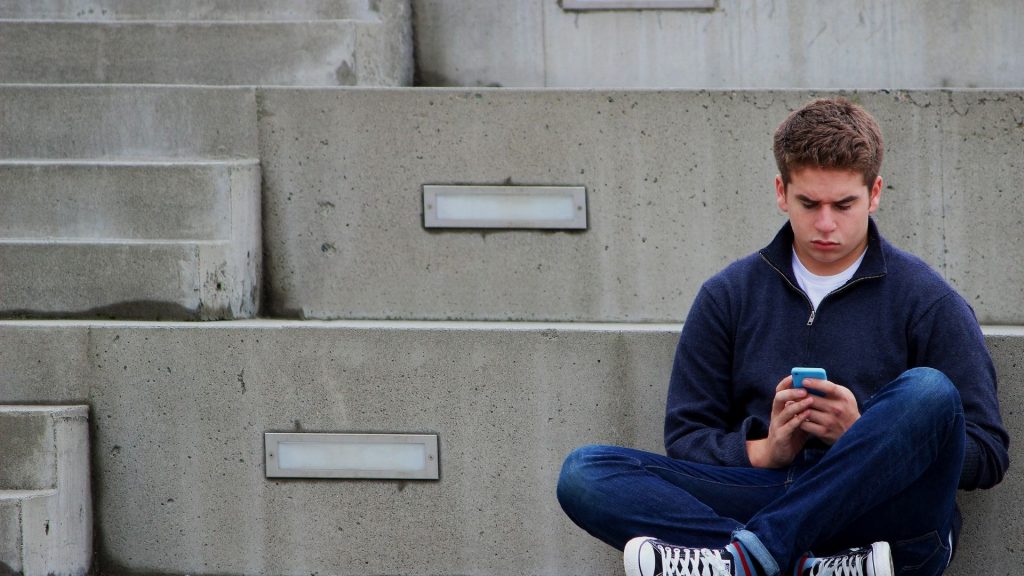How To Instill Healthy Online Media Habits In Young Children
Monitoring screen time and teaching children about the potential dangers of technology are some ways to start instilling healthy habits and online responsibility.
Good digital citizenship is defined by the ability to use the internet in an appropriate manner. Because we live in a world that’s defined by technology, instilling healthy online media habits in our children is an essential part of parenting. Kids should start learning about online responsibility as soon as they’re old enough to use digital devices, and it must continue through the K-12 years as certain states make media literacy a high school graduation requirement.
A recent PEW Research Poll confirmed what probably isn’t a surprise to parents or teachers: teenagers between the ages of 13 and 17 say they’re online almost constantly, even at school. This is a clear sign that teaching online responsibility isn’t receiving the priority that it should. So, how should parents instill healthy online media habits, and what does that look like as a child grows?
First, parents must model good media habits for their children, even when little ones seem too young to notice. One of the most basic ways to demonstrate online responsibility is to keep your own screen time under control. Babies, toddlers, and preschoolers are always observing their caregivers to learn how to behave, so don’t make them compete with your phone for your attention.
Second, talk to children about the real consequences of too much screen time. Ask them how they feel physically after being on a screen for an extended time, mentioning dry eyes or headaches if they need help identifying symptoms associated with excessive tech time. Remind them that there are lots of real-world fun opportunities we miss when we’re engrossed in our devices, such as baking cookies or going to the park.
Third, it’s never too early to start teaching—and demonstrating—the manners linked to online responsibility. Explain that if someone wants to talk to them while they’re online, they should turn away from the advice and give their attention to the person speaking to them. Undoubtedly, your kids will give you dozens of times to demonstrate how that works each day as they come to you with questions while you work online or read your favorite news app.
Fourth, find ways to discuss internet safety without making the conversation scary. Teach them that there’s a real person on the other side of a chat and they must never share personal information such as addresses, phone numbers, or passwords. Faith Rogow, an independent scholar and author of Media Literacy for Young Children: Teaching Beyond the Screen Time Debates, suggests using this non-scary statement: “Some people don’t have your best interests at heart.”
According to the PEW survey, 95% of U.S. teens have access to smartphones, 90% have laptop or desktop computers, and 80% have gaming consoles. A full 97% report daily internet use. These stats show how vital it is to teach young children about online responsibility before they reach adolescence.

Most school systems are teaching healthy media habits, but are notoriously underfunded when it comes to cybersecurity. This makes students prime targets for crafty online criminals. Although online responsibility won’t stop kids from occasionally seeing content not meant for their eyes, being firmly rooted in healthy media habits will increase the likelihood that a child will tell a parent when something goes wrong.



